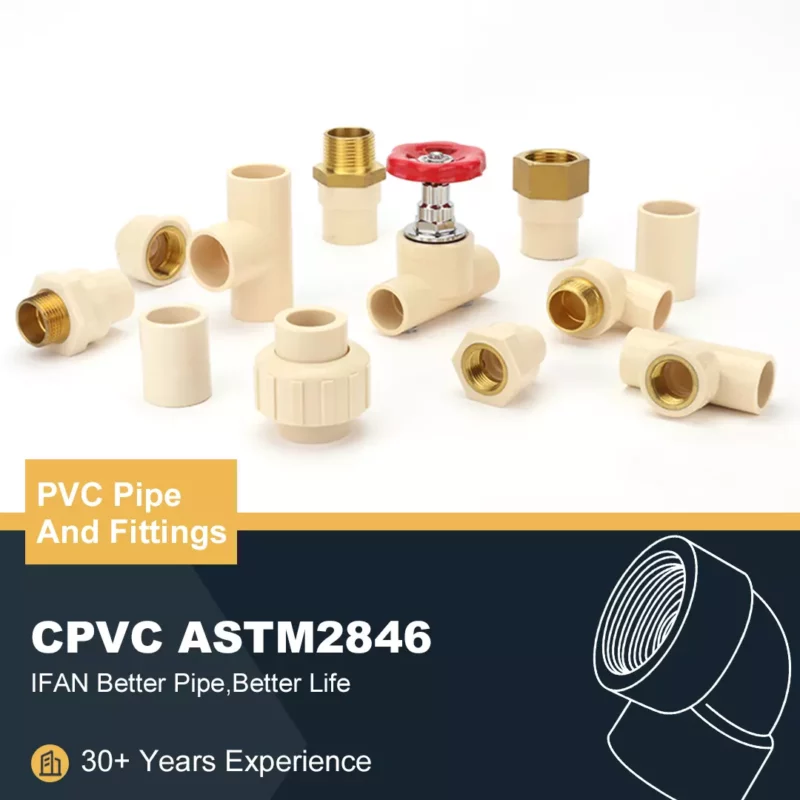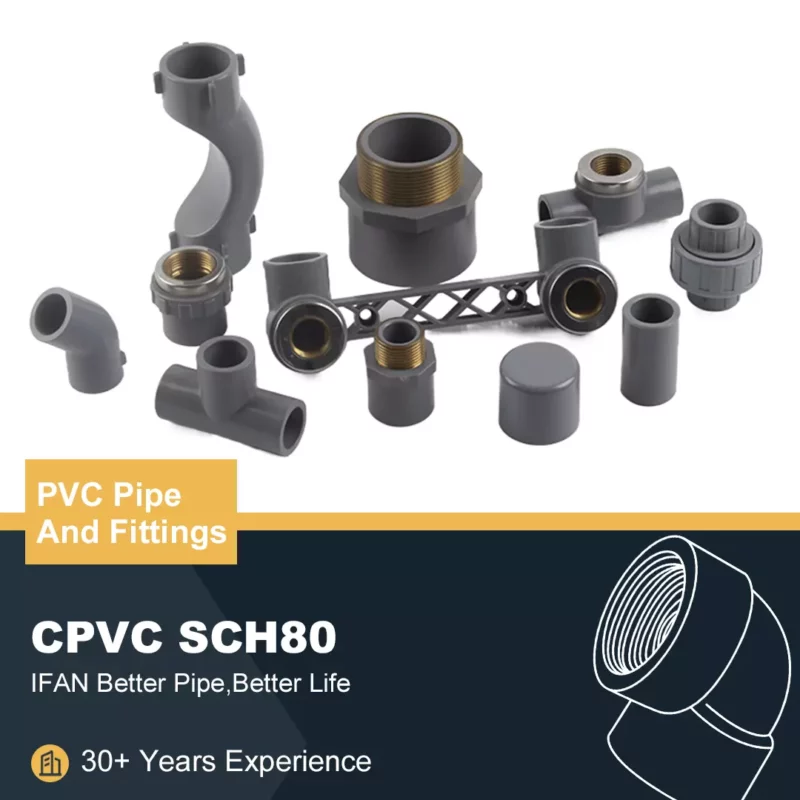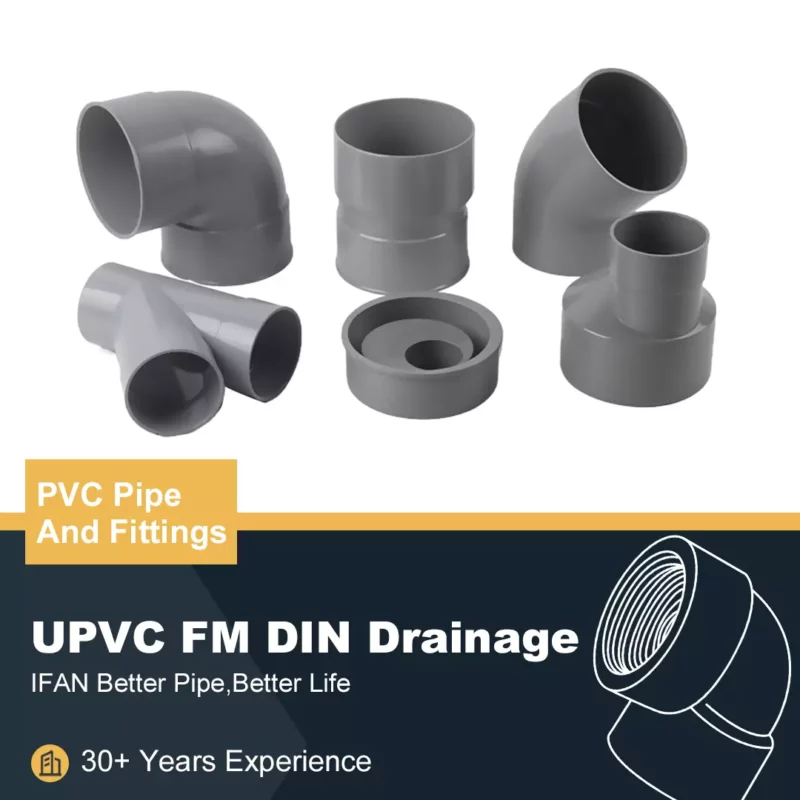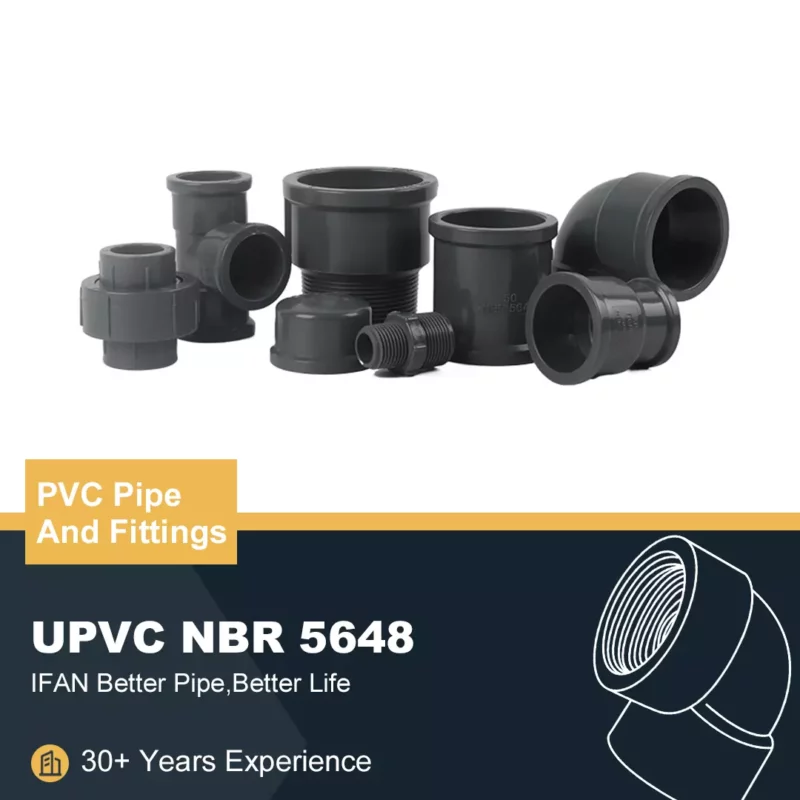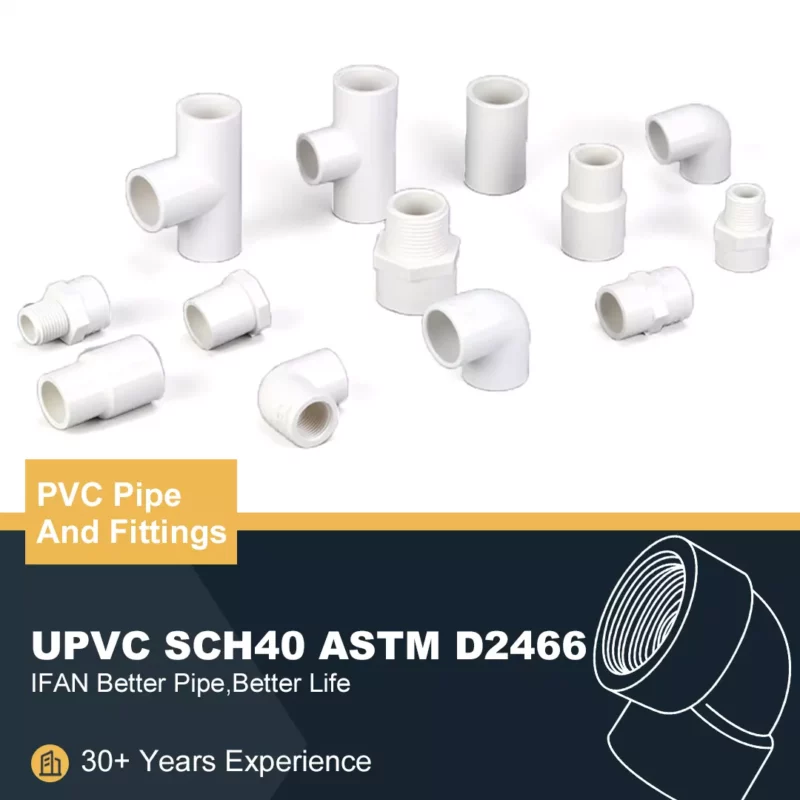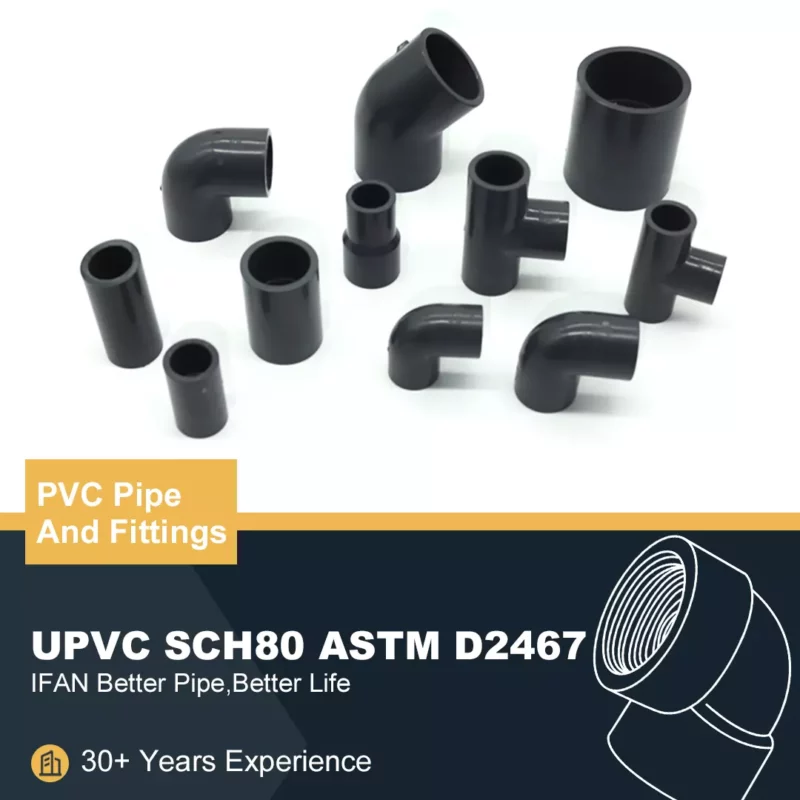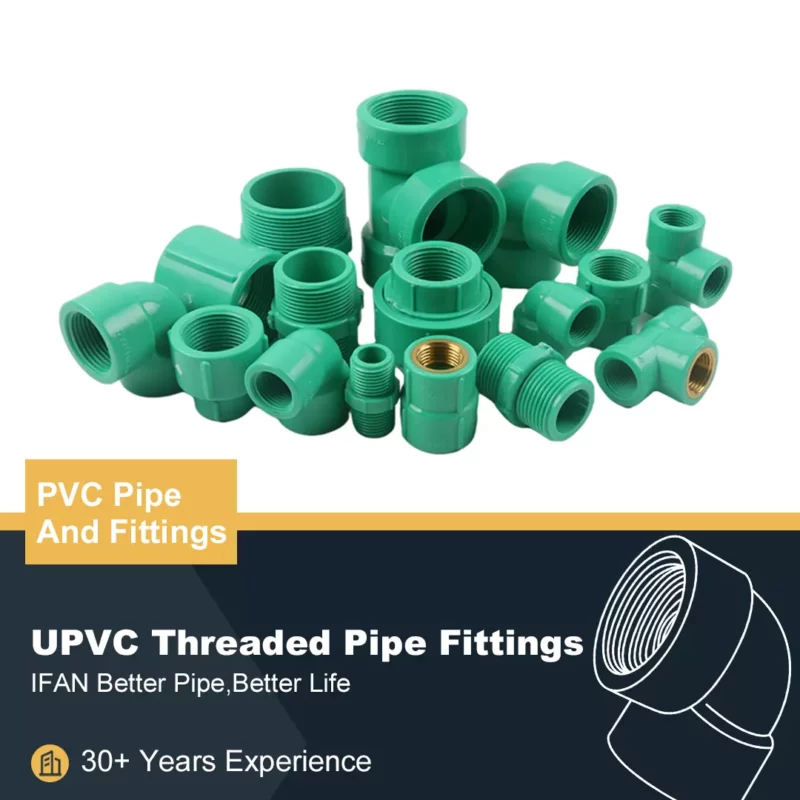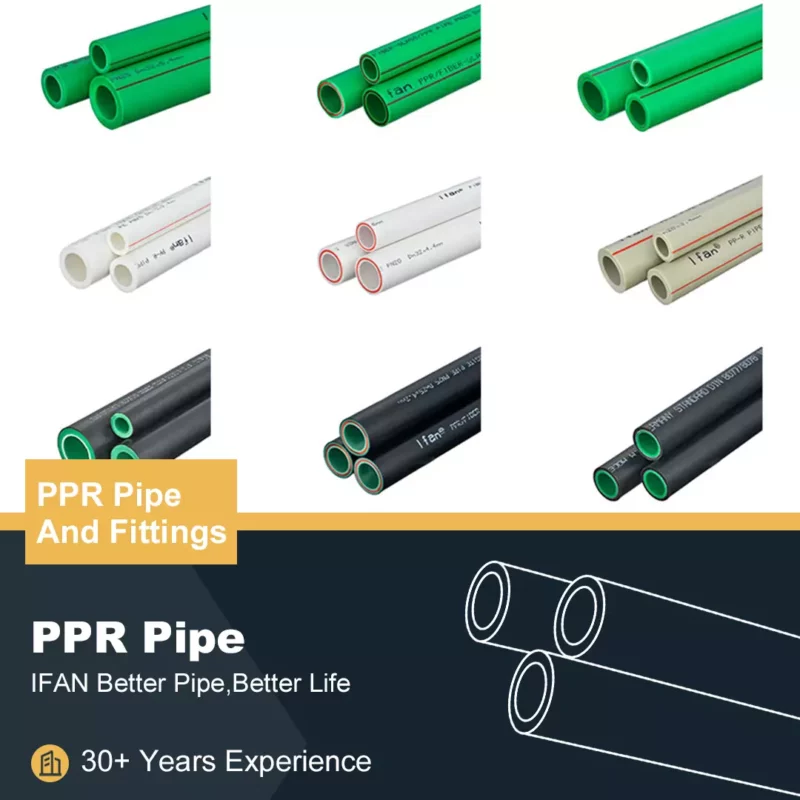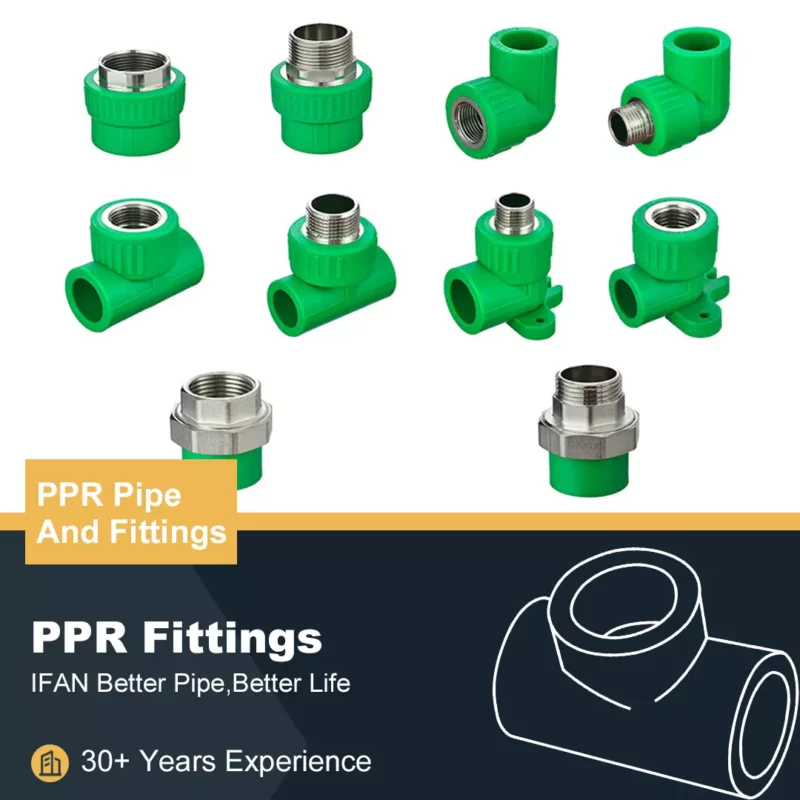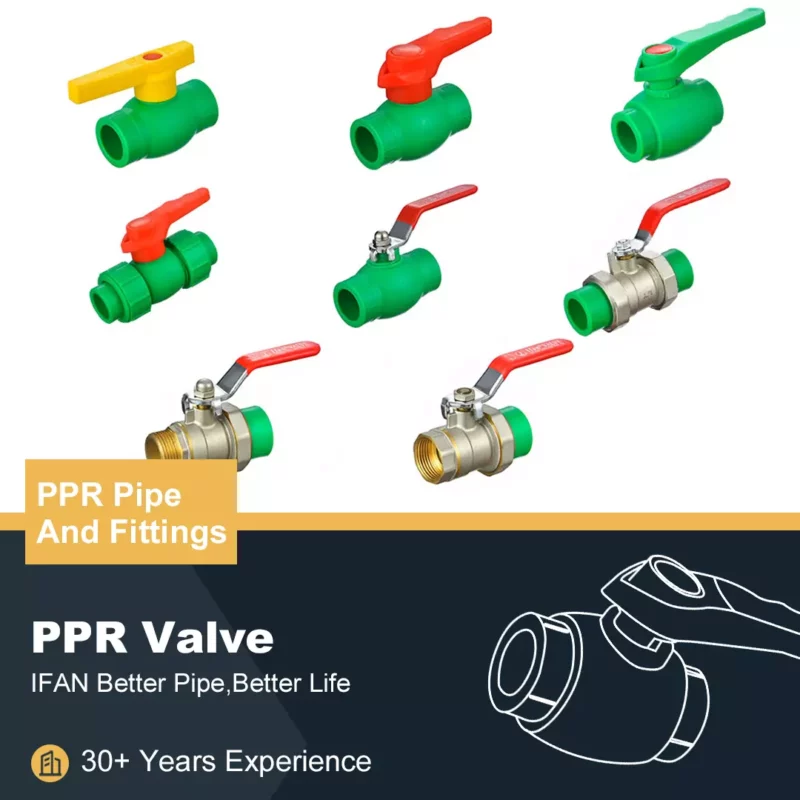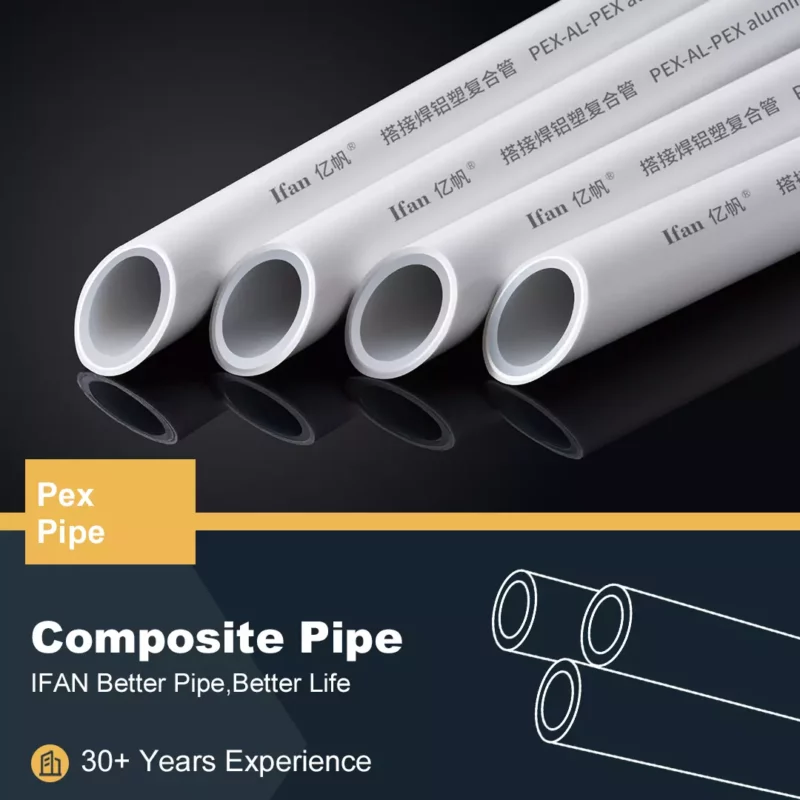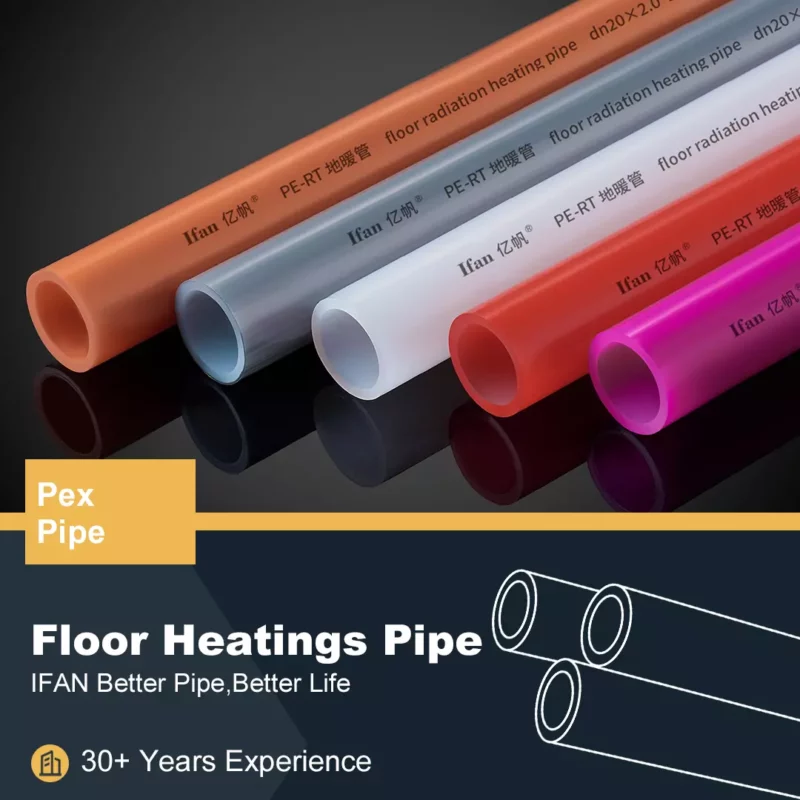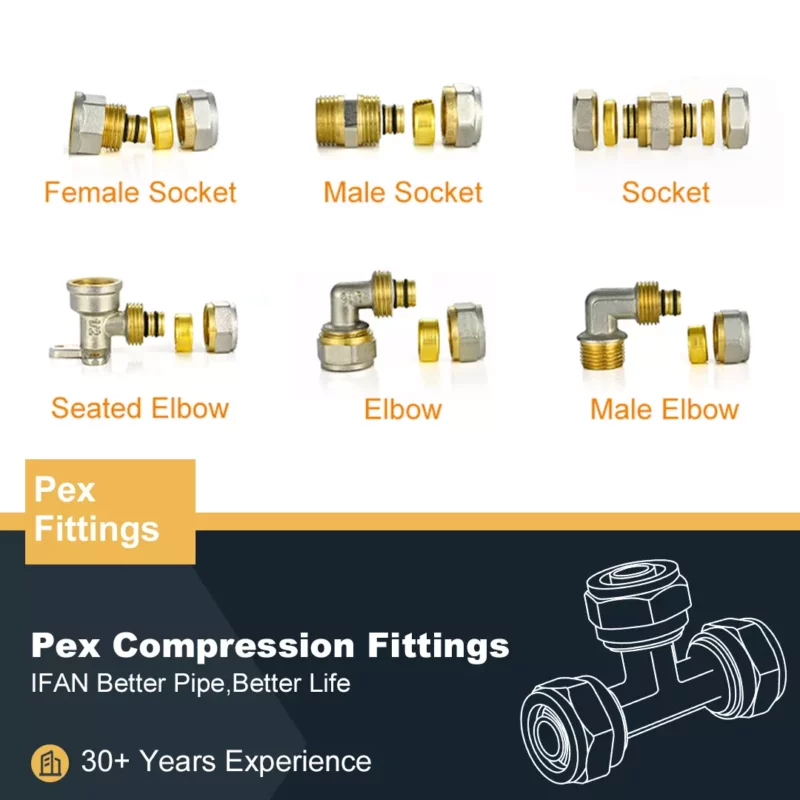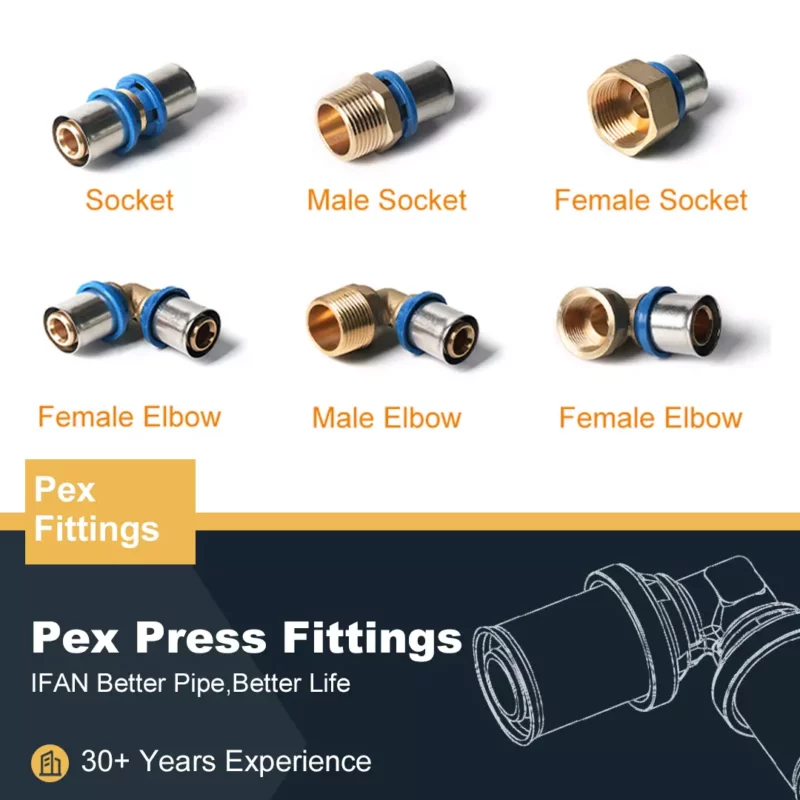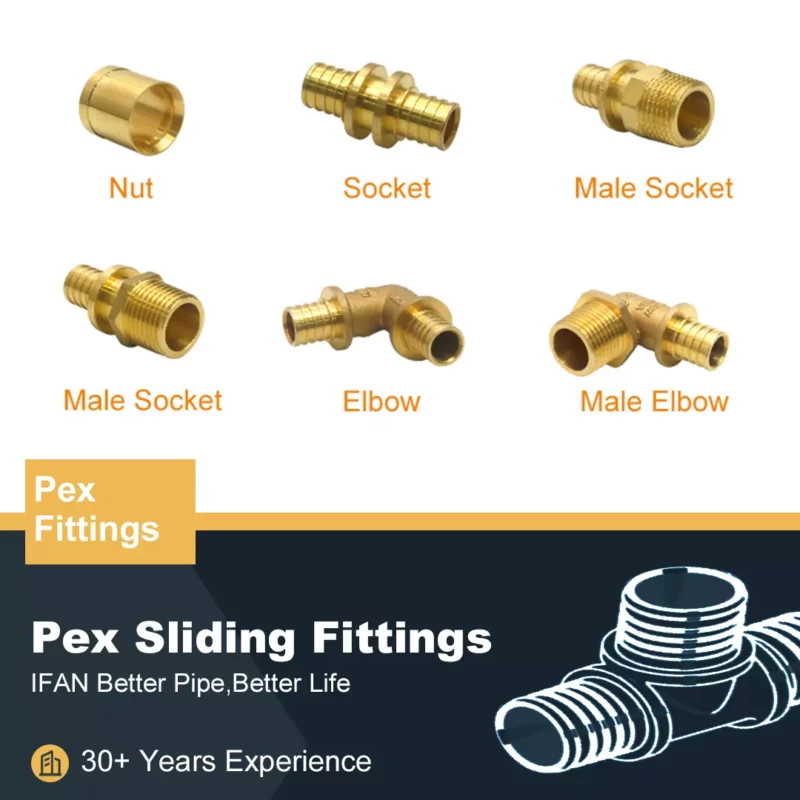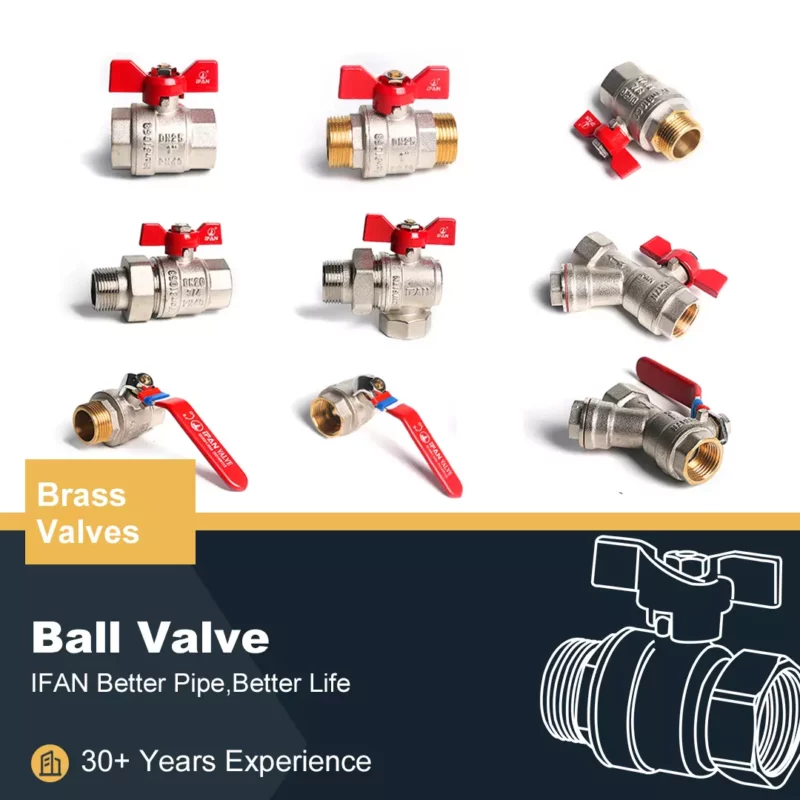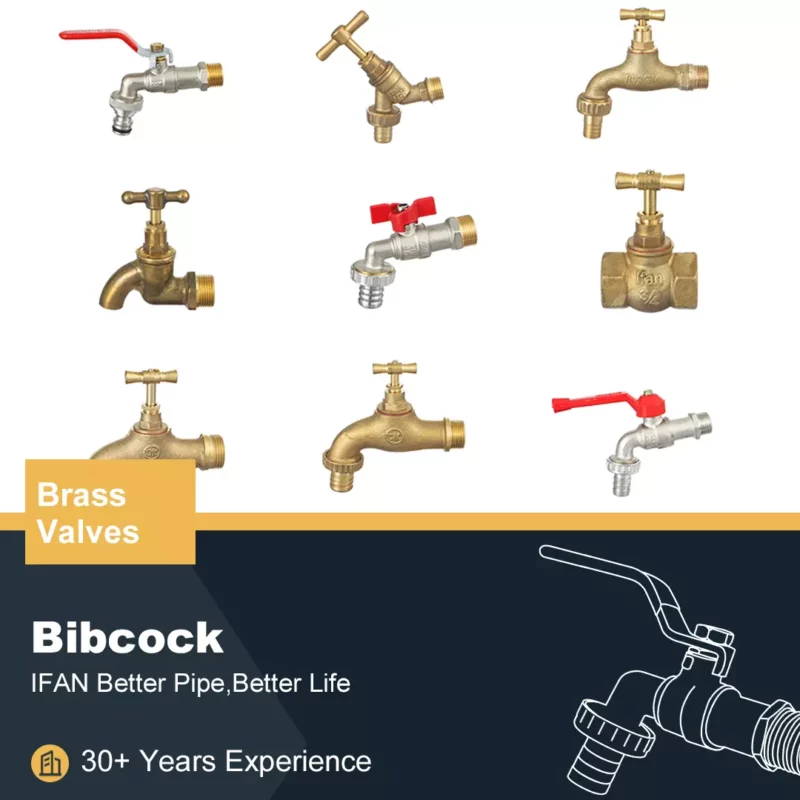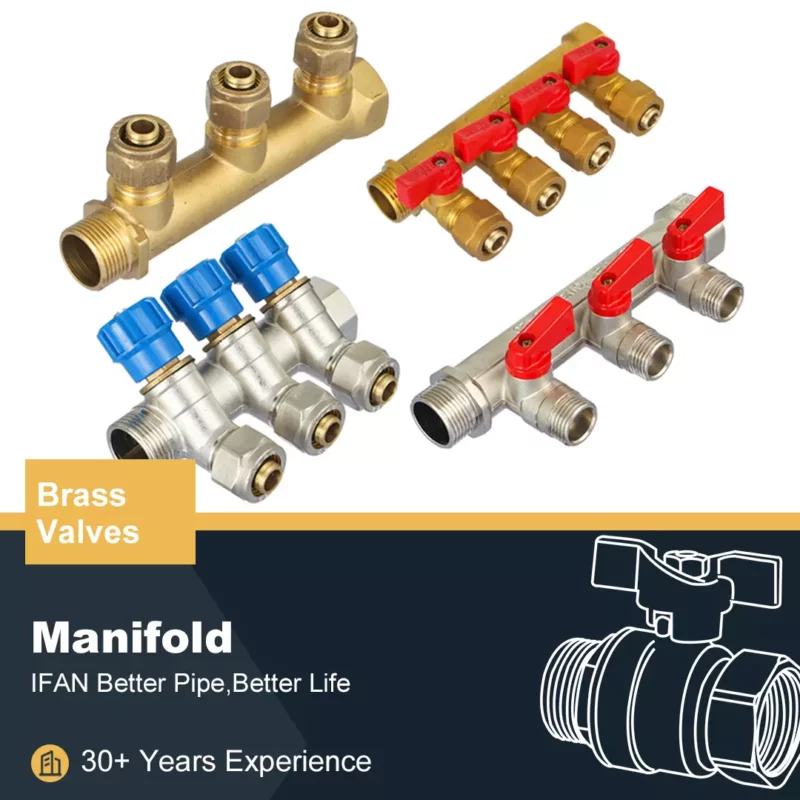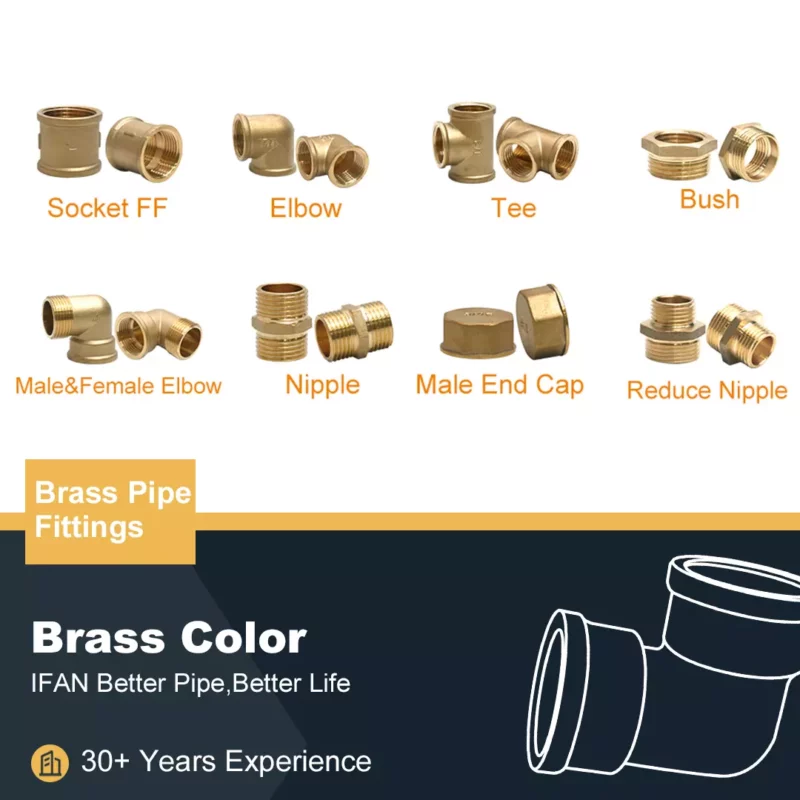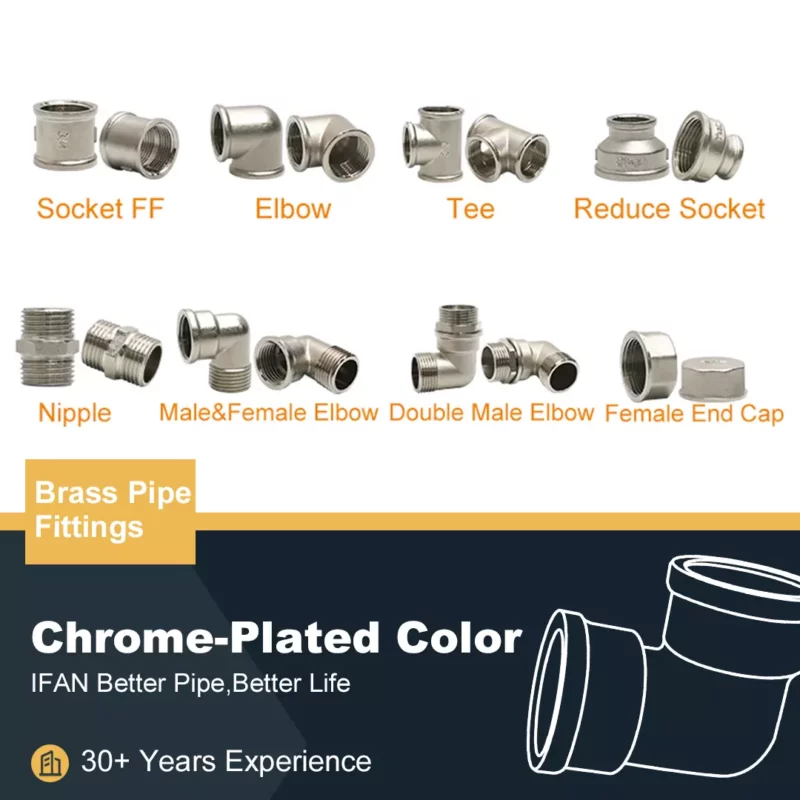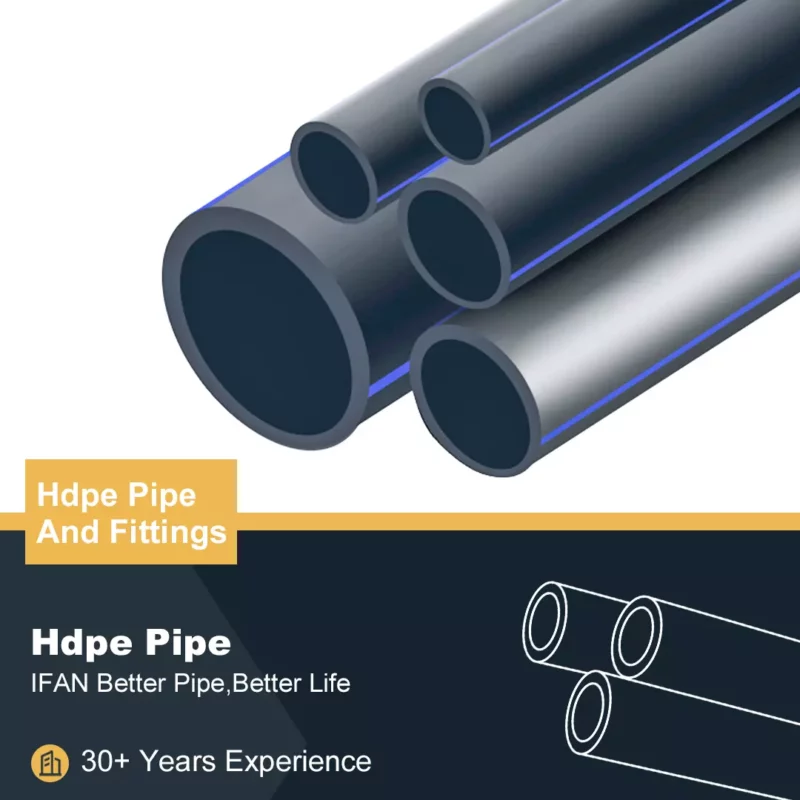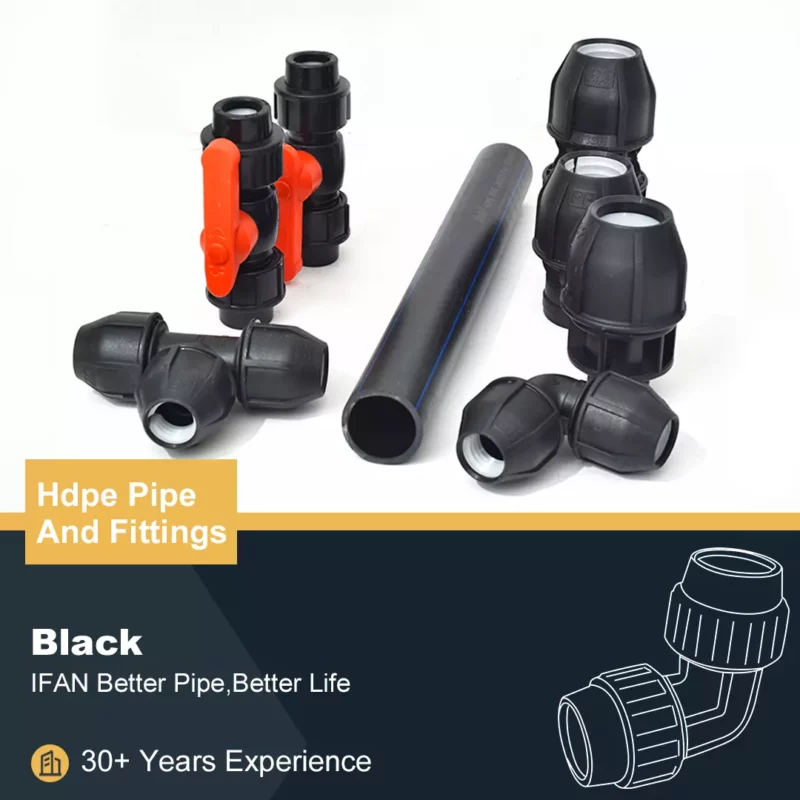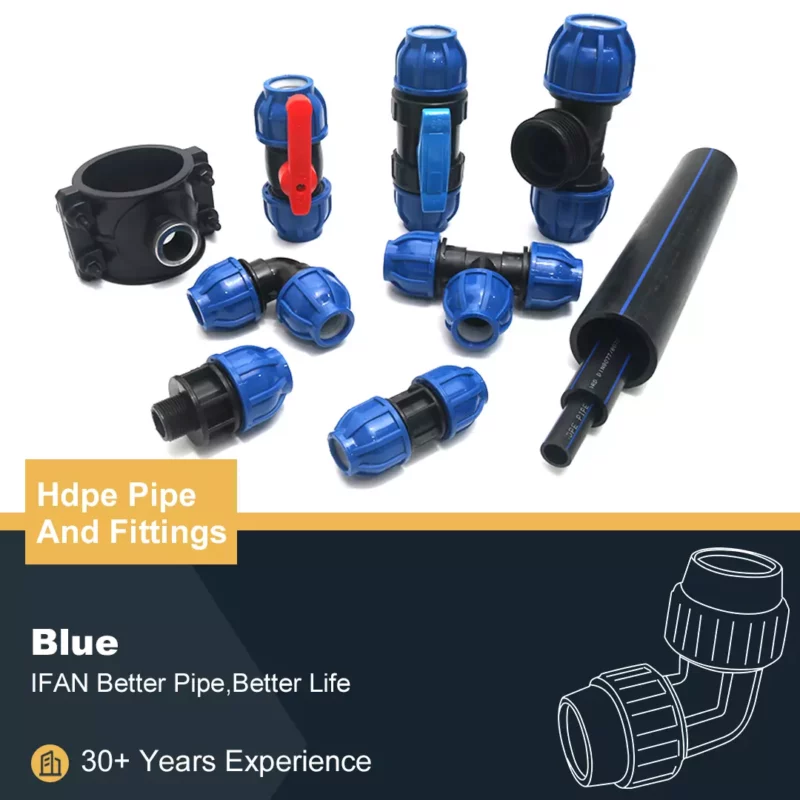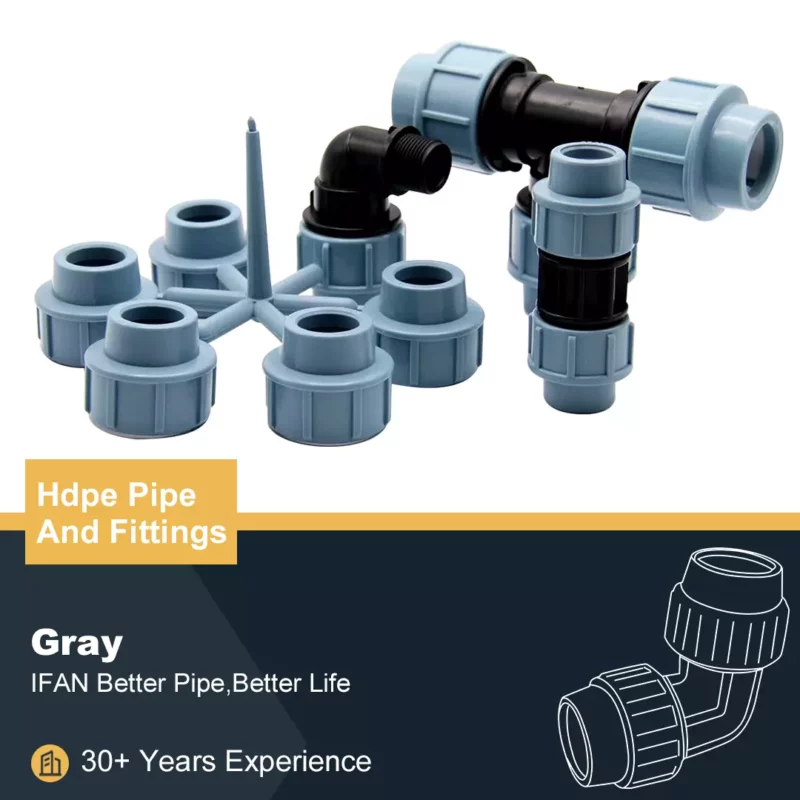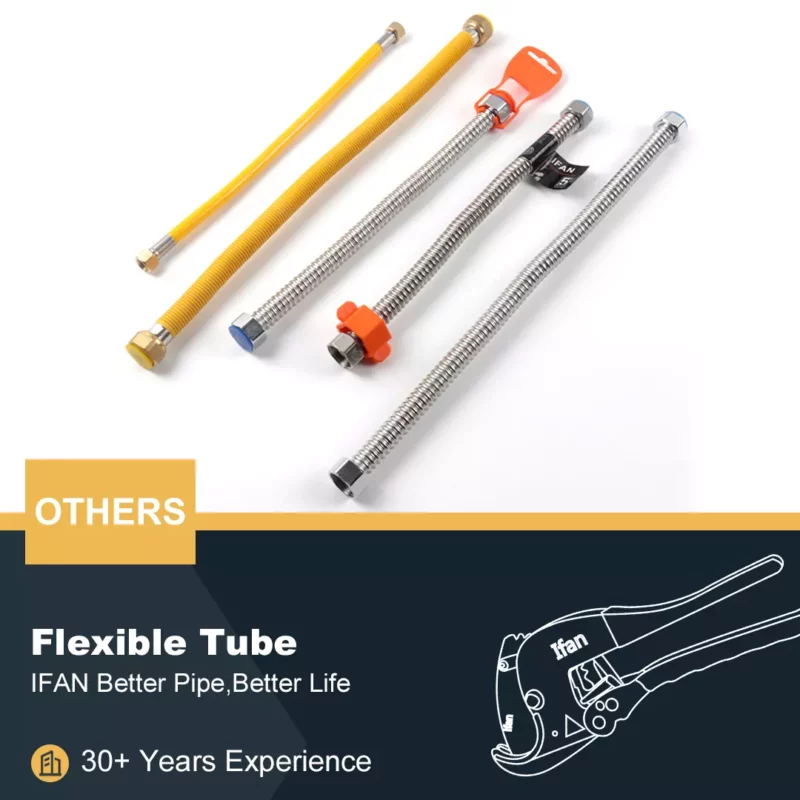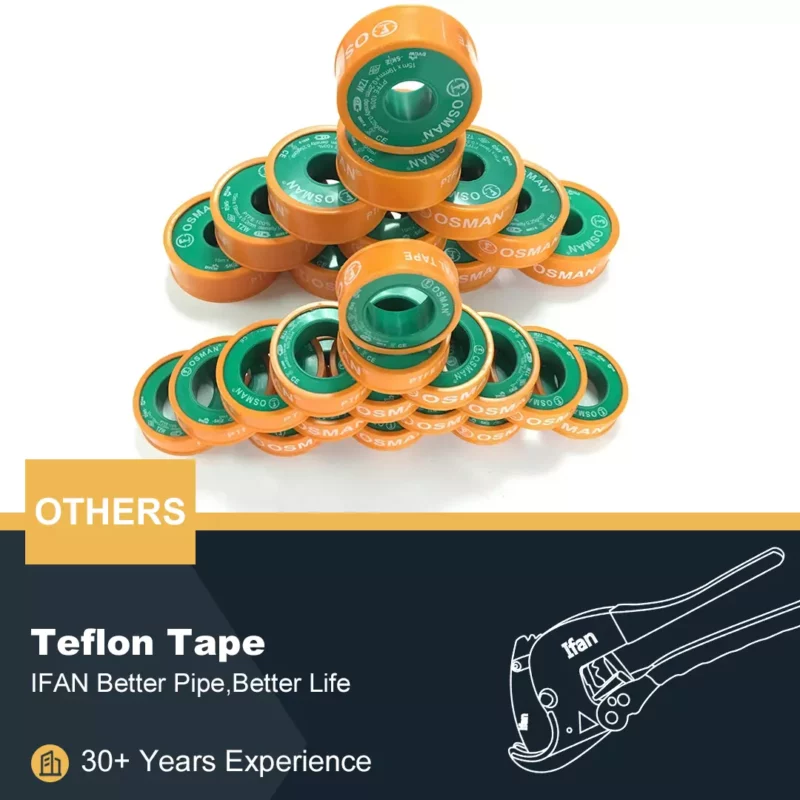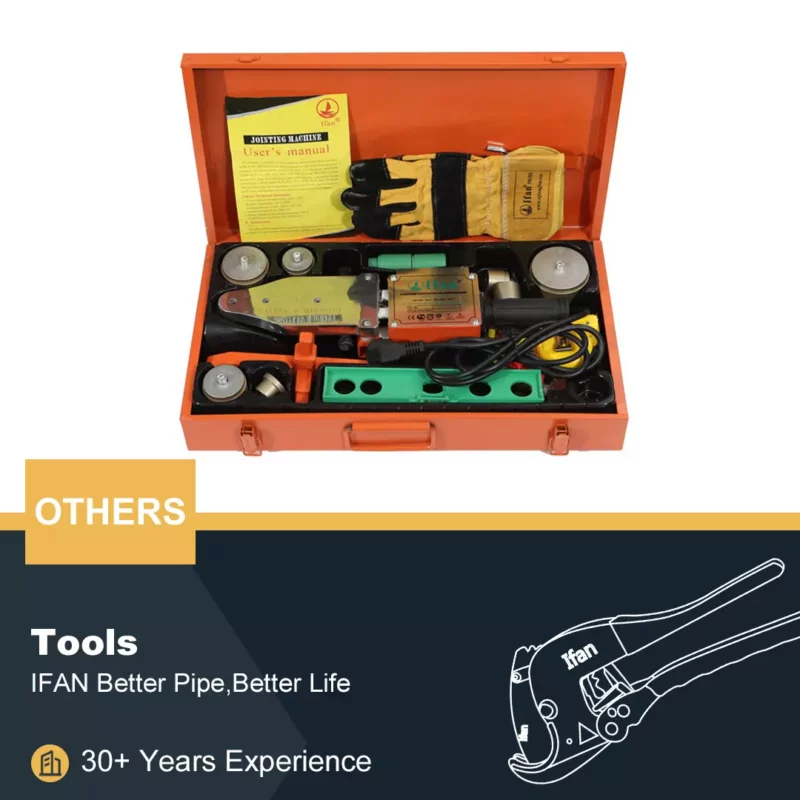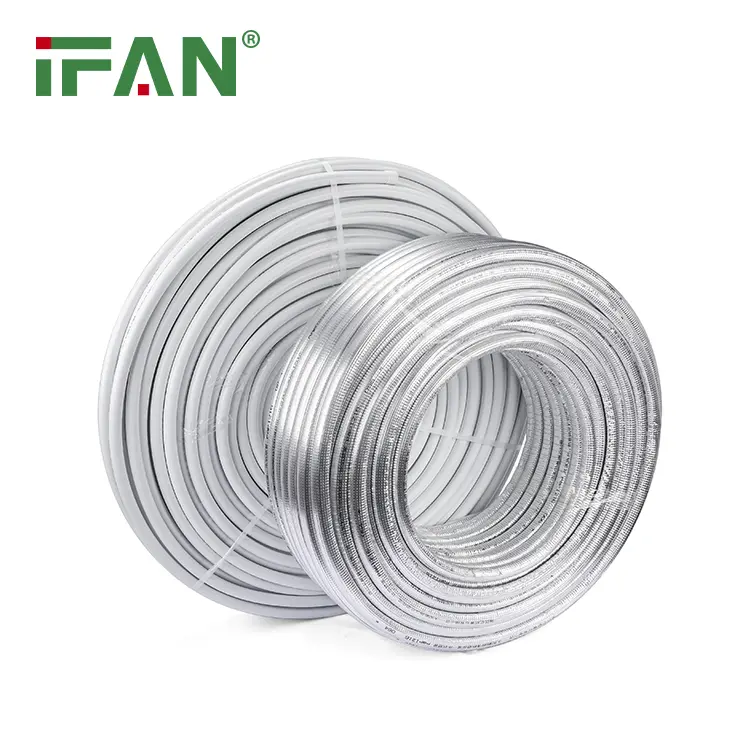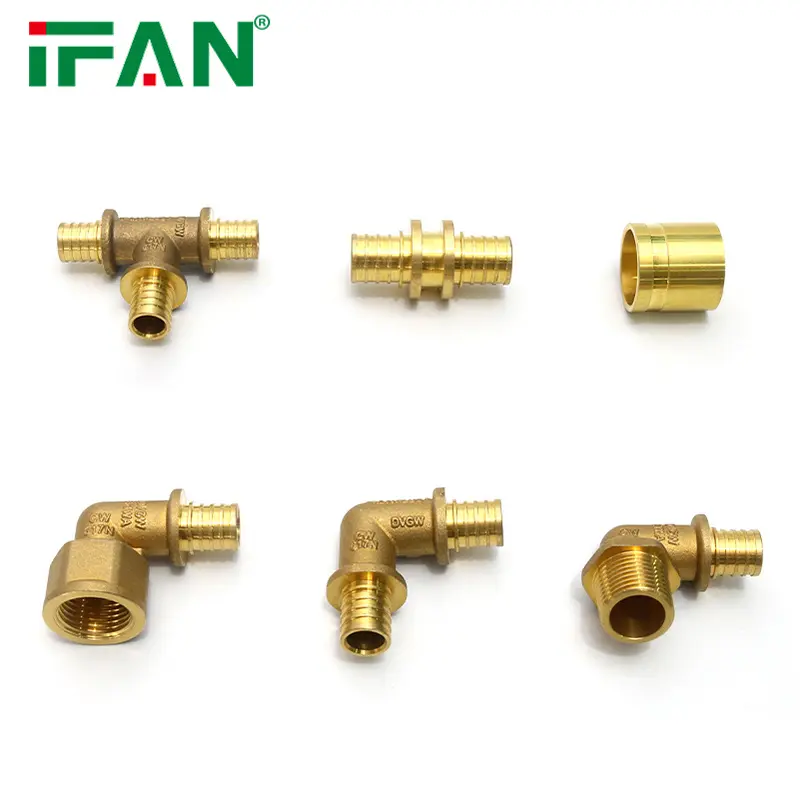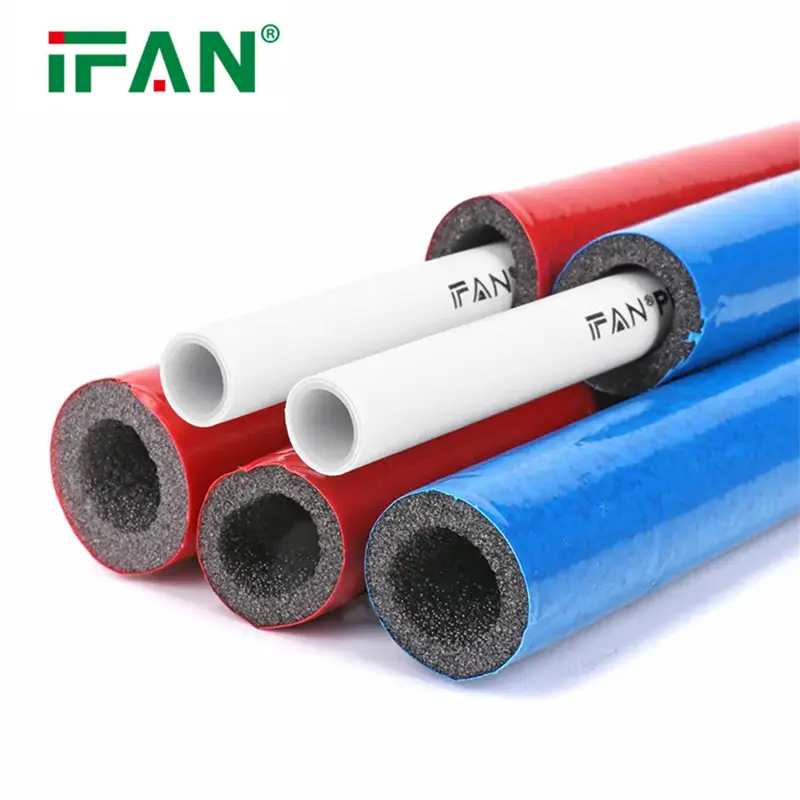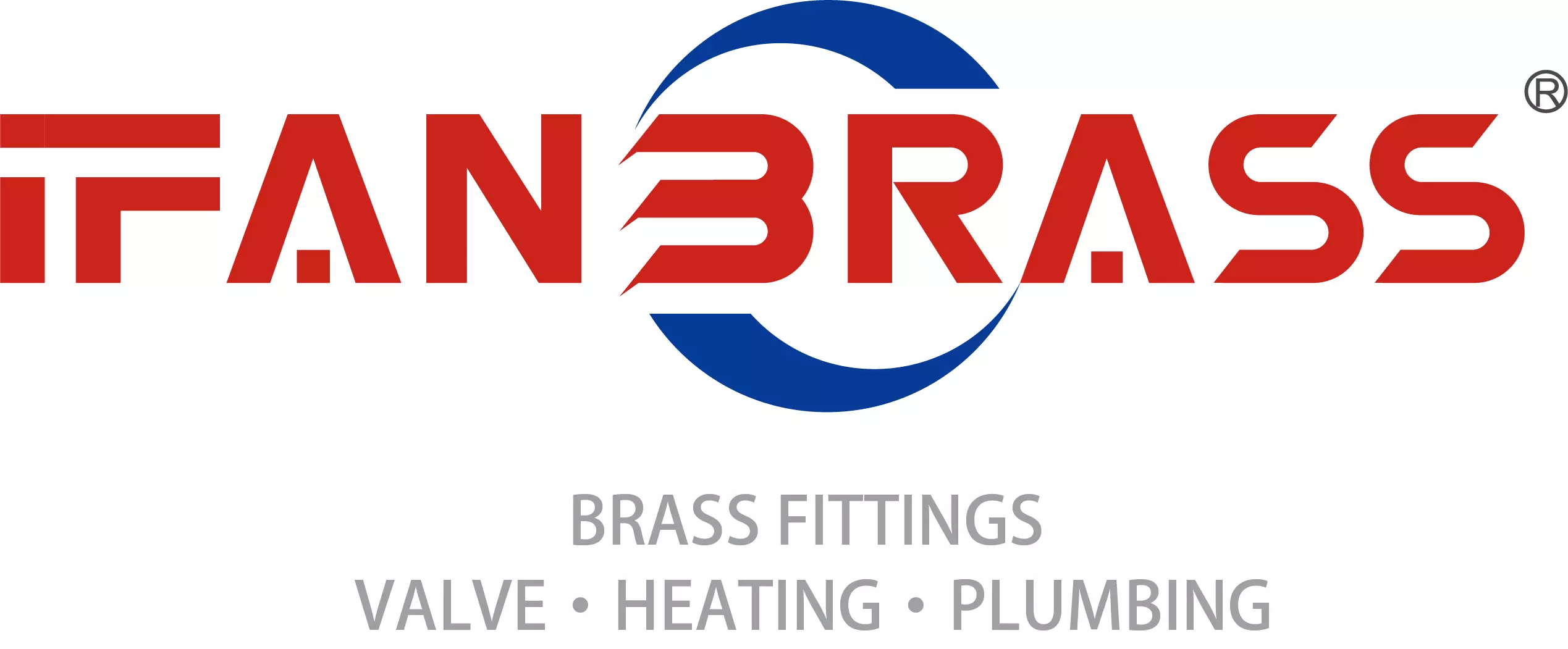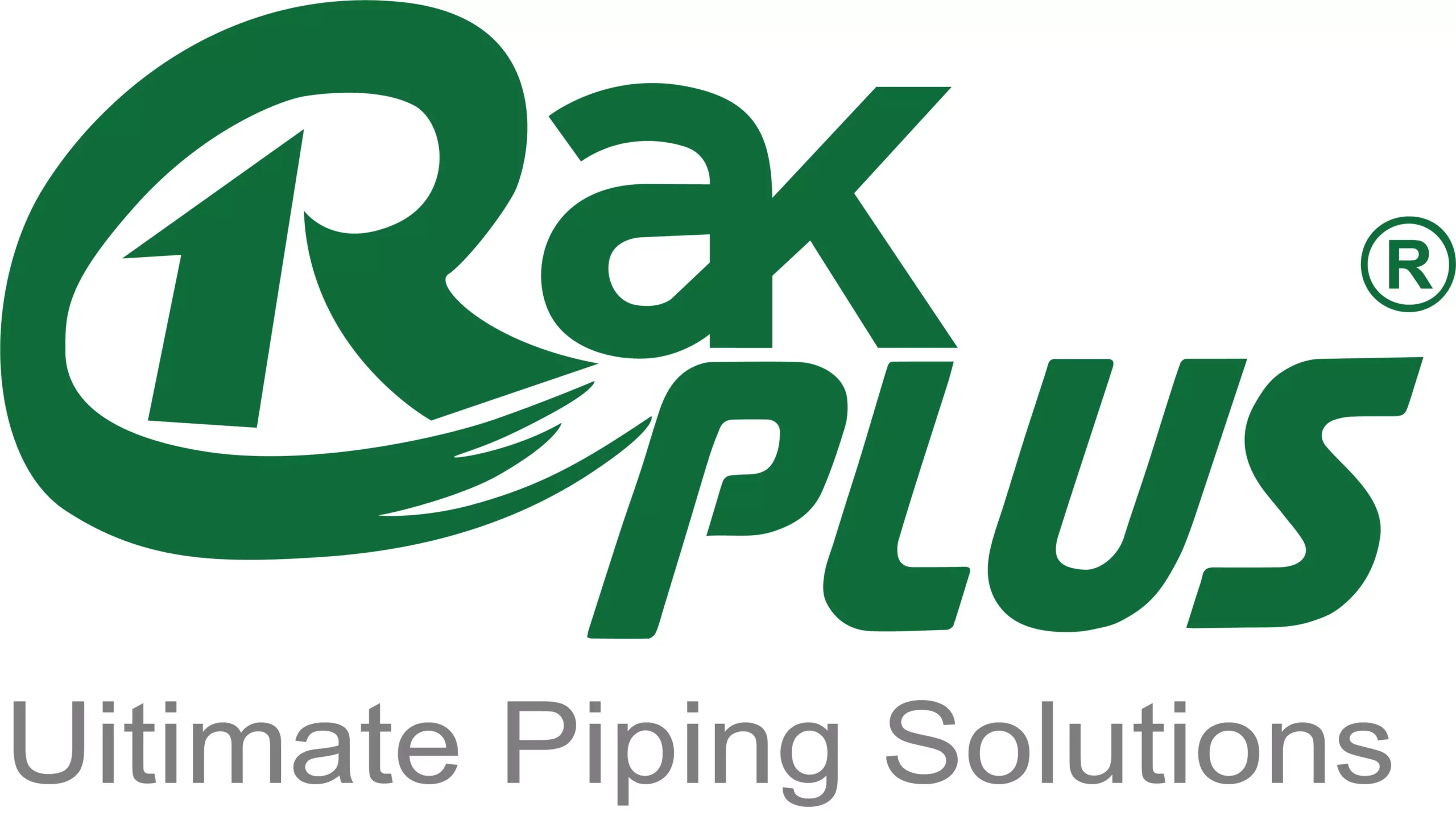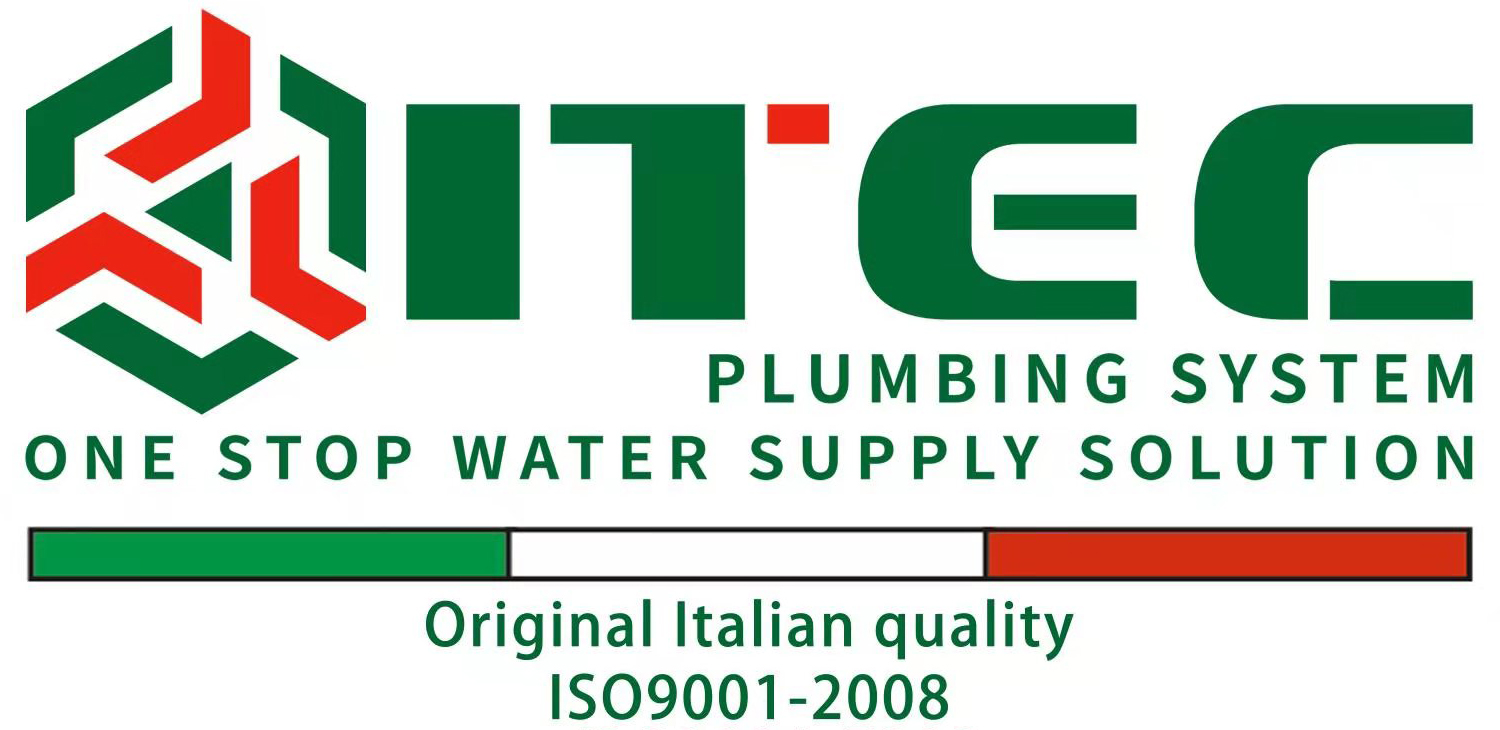PEX is a flexible plastic pipeline that can run over long distances without too many connections. To reduce the chance of leakage. The flexibility and expandability of plastic pipes can prevent cracking due to freezing temperature. These characteristics make PEX pipes a popular choice in residential pipelines. Many builders prefer this type of pipeline to copper or galvanized steel pipes.
What is a PEX pipeline?

PEX pipes or PEX pipes are made of cross-linked polyethylene plastic and are a type of flexible plastic. Due to the versatility of PEX pipelines and their flexibility and affordability. It is used for pipeline systems in residential and commercial buildings. PEX pipelines come in three types: A, B, and C. PEX pipes come in four colors: red, blue, white, and gray. Red is traditionally used for hot water. Blue represents cold water. Both white and gray can be used for hot and cold water.
In 1968, German scientist Thomas Engel discovered the manufacturing process of cross-linked polyethylene, a plastic used for PEX pipelines. PEX pipelines quickly became popular in Europe in the 1980s. However, in the United States, PEX did not catch on so quickly. Because PEX initially did not meet US drinking water standards. It was initially primarily used in floor radiant heating systems in the United States. Once the PEX manufacturer makes the plastic less susceptible to the corrosion of chlorine in drinking water. PEX pipelines have become more common in the United States.
Three types of PEX pipes
PEX pipelines are mainly divided into three types:
A-type PEX pipeline is the most flexible PEX pipeline type. Make it suitable for all household water needs, including drinking water pipelines. A-type PEX pipes have the strongest expansion among the three types. Therefore, it is the most resistant to freezing and rupture. This is very important in cold climates. Although A-type PEX pipes are more expensive than the other two types of PEX pipes. But it’s cheaper than copper tube.
The B-type PEX pipeline is slightly hard and has powerful coil memory function. This means it wants to maintain the shape of the coil it enters. This makes installation slightly difficult. The B-type PEX will expand like the A-type. Enable it to resist cracking in cold weather. It is slightly cheaper than Type A and has stronger resistance to chlorine in water supply. This means that it will not decompose in areas with high chlorine content in drinking water.
The C-type PEX pipeline is the hardest of the three types. And it is more prone to twisting and cracking than the other two types of pipes. It is usually used for short-term repairs that do not require any bending. C-type PEX pipes are usually cheaper than the other two types of PEX pipes.
IFAN contact information:
Whatsapp:+86 13373827623; E-mail: [email protected]

